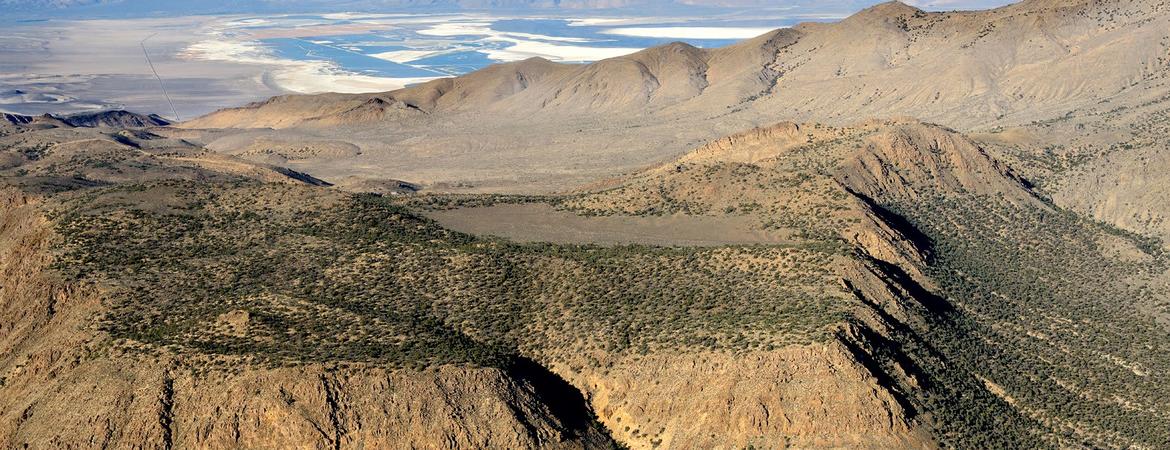Office of Sustainability

The "4th Climate Change Presentation: California Inland Desert Region Assessment" by Francesca Hopkins had an excellent turnout. This particular assessment happens every three years and its purpose is to bring greater understanding of California's climate-related vulnerabilities. There are nine regions, each region has an assessment which can be accessed at Caladapt.org
For the Inland Desert region, the future development of renewable energy is important (solar energy in particular). There has been a >1/2 degree (Fahrenheit) rise in temperature in the Inland Desert region. According to one slide in the presentation it'll take twenty to thirty years to see the difference if we start mitigation now.
Projections of higher variability in annual rainfall, and 178% increase in area burned by wildfires will happen statewide if we do not change. It will be unclear how agricultural crops will be affected as temperature rises and water levels rise as well.
- Reduction in suitable habitat for Joshua trees and tortoises by >90%
- Tourism months may shorten by 1.5 months - 2 months (decrease work profit)
- Higher temp => decreased efficiency of energy
- More renewable energy production benefits everything (jobs and fossil fuel use)
- Transportation system may be vulnerable to the drastic changes in precipitation and temp
- Increase in valley fever incidents, heat related health issues, formation of ozone increases and makes air quality worse
- Salton sea dry up → social justice issue, lower water supply, increase in particulates
Then asking for research recommendations during the presentation yielded these topics:
- Future water supply
- Development of renewable energy
- Community-specific adaptation and mitigation strategies
- High temp agriculture
- Protection of desert ecosystems
You too may send suggested recommendations to fhopkins@ucr.edu, please send issues and ideas no later than March 14, 2019.